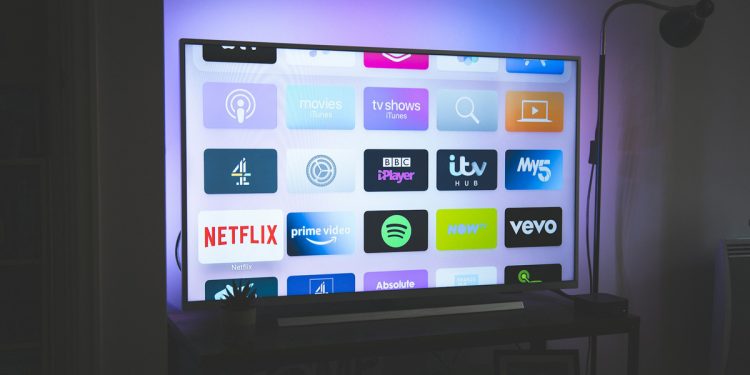OLED, QLED or MiniLED? Here’s What to Buy – and Why

Buying a new TV these days is no simple task. It’s no longer just about screen size or brand recognition – today’s market is filled with advanced technologies, each promising a “better picture than ever before.” The three terms you’ll hear most often are OLED, QLED and MiniLED. They might sound similar, but the differences between them can be substantial – both in terms of picture quality and price. If you’re overwhelmed by technical jargon and slick marketing promises, this article is here to help. We compare the key features of each technology, highlight their strengths and weaknesses, and offer guidance on which type of TV is best suited to different types of homes and viewing habits. After all, a new TV is a long-term investment – it’s worth knowing exactly what you’re paying for.
What’s the Difference Between OLED, QLED and MiniLED?
When choosing a new TV, the decision increasingly comes down not just to size or brand, but to the display technology itself. The three main contenders on the market today are OLED, QLED and MiniLED – each with its own advantages, price points, and performance in areas such as brightness, contrast, and colour accuracy.
OLED (Organic Light Emitting Diode) is a technology in which each pixel emits its own light. This allows OLED TVs to display true black – when a pixel is meant to be black, it simply switches off. This results in exceptional contrast and a highly realistic picture, especially in dark scenes.
QLED (Quantum Dot LED), used primarily by Samsung, builds on traditional LCD displays by incorporating quantum dots. The technology delivers high brightness levels and vibrant colours, which makes it an excellent choice for watching sport or viewing content in brightly lit rooms.
Who Should Choose OLED – and Is It Worth the Extra Cost?
OLED is highly regarded by film enthusiasts, gamers, and those who tend to watch TV in dimly lit rooms. Thanks to its superb contrast and near-infinite black levels, OLED produces a strikingly natural and immersive image. It’s also known for having excellent viewing angles – the picture remains sharp and vivid even when viewed from the side.
One potential drawback of OLED is its susceptibility to image retention or burn-in if static elements like news tickers or channel logos remain on screen for extended periods. Manufacturers have introduced software solutions to combat this, but the issue still concerns some users, particularly those who use their TV as a monitor or for watching news channels regularly.
It’s also worth noting that OLED TVs are generally more expensive than similarly sized QLED or MiniLED models. However, if premium picture quality during evening film sessions is your top priority, investing in OLED could be a smart choice.
MiniLED – A Middle Ground Between Brightness and Black Levels?
MiniLED is a relatively new technology that enhances traditional LED backlighting. It uses a much larger number of smaller LEDs, allowing for more precise local dimming and improved contrast – though not quite at OLED’s level of perfection.
MiniLED TVs are especially well-suited to bright environments, such as living rooms with lots of natural light. Thanks to their high peak brightness and strong colour performance, the picture remains clear and vivid even in daylight. They’re also a great option for sports fans and gamers who value response time and image clarity.
While MiniLED doesn’t quite match OLED’s deep blacks, it may be a better all-round choice for those who don’t exclusively watch TV at night and want a more versatile screen. What’s more, MiniLED models are often more affordable than OLEDs, yet deliver better performance than standard QLEDs.
Conclusion: Which TV Should You Choose?
The decision between OLED, QLED and MiniLED should largely depend on your typical viewing environment and personal preferences:
-
OLED is ideal for movie lovers, gamers, and those who mostly watch in darker settings – it delivers perfect blacks, outstanding contrast, and great viewing angles. Just be mindful of potential burn-in with static content.
-
QLED is a solid option for those who prioritise brightness and vivid colours – perfect for well-lit rooms and watching fast-paced sports. It also tends to be more budget-friendly.
-
MiniLED strikes an excellent balance between picture quality and value. It offers high brightness with better black level control than QLED, making it a strong contender for everyday use.
Before making your final decision, it’s well worth consulting expert comparisons and lab-tested reviews – for instance on choose.tv, where you’ll find in-depth insights tailored to your needs and budget.







![La Bohème [Opera North] Review Leeds Grand Theatre (1)](https://www.on-magazine.co.uk/wp-content/uploads/La-Boheme-Opera-North-Review-Leeds-Grand-Theatre-1-150x100.jpg)

